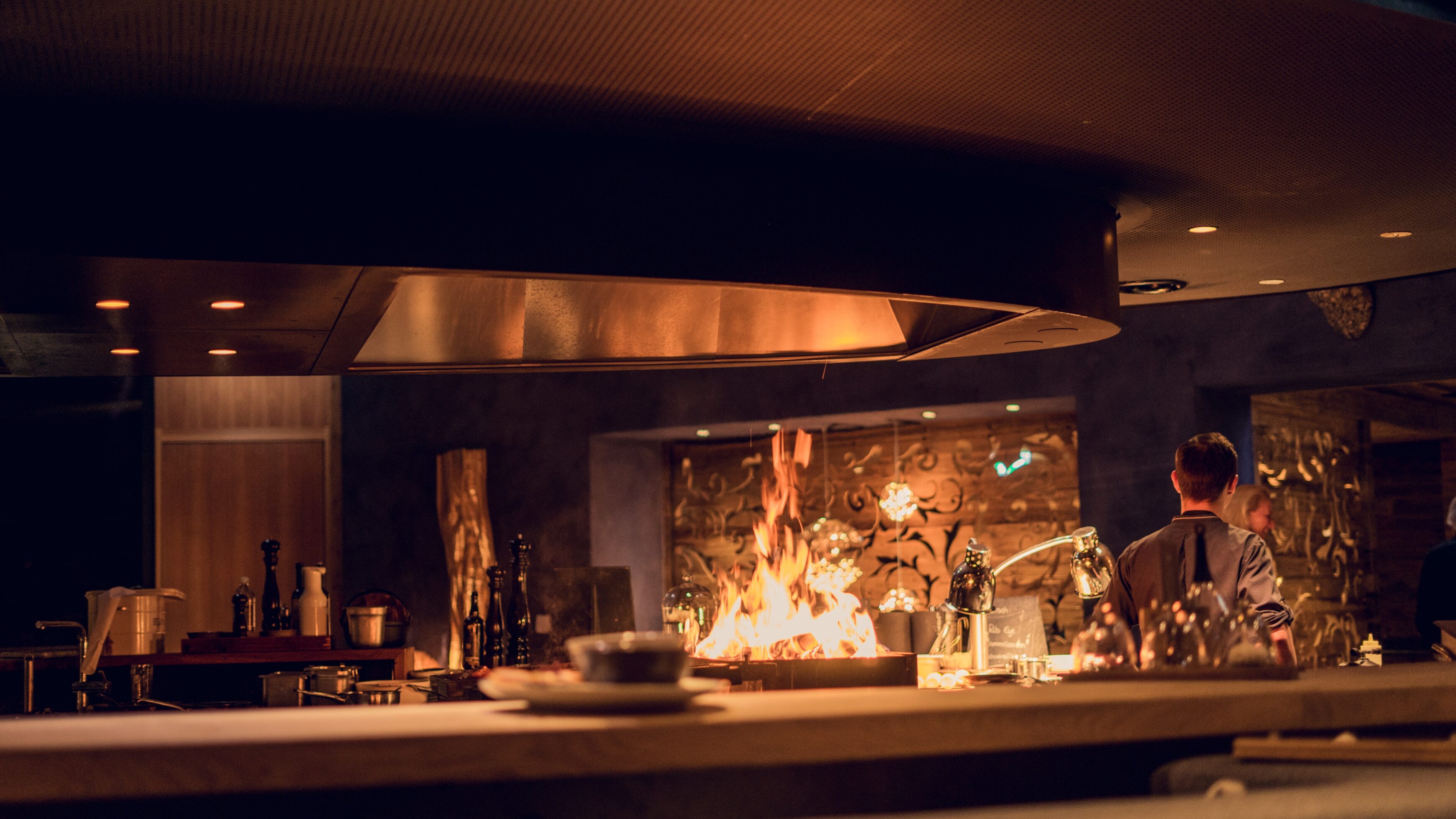With the excitement kicking in, it’s important to consider how businesses will re-adapt fire safety regulations in line with Covid-19, and perhaps they even need reminding of the ever so important process overall. It has been quite some time after all!
April 12th is here.
With the easement of retail and hospitality slowly but surely occurring, it’s important for businesses to get their fire safety measures in place before the big day arrives – June 21st.
We could expect ultimate freedom by that date, but if not, there will at least be a huge rise in consumers in comparison to the previous year. Causing concern for retailers if their fire safety isn’t in top order.
The importance of fire safety checks
To keep fire incidents at bay, fire safety inspection checklists are essential to help combat any future risks of fire. Having regular fire safety checks can also help build key data to further evolve the appropriate safety measures for a particular building’s safety plan.
Retailers and Hospitality:
Automated sprinkler systems and smoke alarms are the main forms of fire safety used in retail and hospitality establishments, and both are required to meet safety regulations.
What some retailers may not know is that fire-resistant fire curtains are another way to control the spread of flames and smoke. Fire-resistant fire curtains consist of e-glass fire fabric housed in a steel headbox and side guides that automatically deploy in the event of a fire.
- Fire curtains without smoke control – these curtains primarily are used to prevent the spread of flames
- Fire curtains with smoke control – these curtains are used to prevent the spread of flames but also provide a level of smoke control
What to include in your fire safety plan:
- Identify fire hazards: Make note of any hazards within the store, taking note of anything that could burn such as clothing, soft furnishings, and documents.
- Who is at risk? Identify anyone at risk, including staff as well as customers. There will always be people who are more vulnerable when in an emergency – such as children, the elderly and those with disabilities.
- Reduce the risks: After identifying all risks, you must evaluate the overall risk of a fire happening and the menace it would cause to workers and customers. Ensure regular appliance tests are carried out on computers, lighting installations and electricals. Appoint a member of staff who will take control of safety measures such as calling the fire brigade. Is there a clear escape route? Make sure they are obvious. Is all fire safety equipment in full working order? Ensure it’s regularly maintained.
- Record your findings and start fresh: After discovering fire hazards, you must take a record of your findings, how you took action to prevent these from occurring and then create an emergency evacuation plan – letting all employees be aware of what to do in the event of an emergency. Regularly practising a fire drill will encourage people to get the hang of fire safety.
- Train your staff: For your store to be fully compliant, your employees must be fire safety trained and informed on all steps to take in the event of an emergency.
- Install fire safety signage: Hanging fire safety signs around the store will inform and remind everyone of your safety procedures.
- Review, review, review: Make sure to review, update and maintain your fire safety plan regularly to ensure nothing gets missed. If you make any exterior or interior changes to your store your plan must be reviewed in line with the new design. If you experience an almost or real fire within the store, you must review the plan immediately.
With hospitality businesses, it’s outdoors only from here until at least the 17th of May. But, once June 21st hits, we can soon enjoy meals inside again. With this happening soon, businesses need to remind themselves of the fire safety risks.
Fires can happen anywhere, but pubs and restaurants are at high risk due to the use of fire in the kitchen. A fire in hospitality can cause serious harm to everyone working and to the future of the business itself. Guests want to be safe and comfortable on your premises, and if they are unaware of what the escape routes are, their safety is immediately delayed and high-risk. Just like with retailers, it’s important to establish a fire safety plan and regular risk assessments.
Tips for fire safety in the workplace
- Installation of fire detection systems – This is a legal requirement. Ensure that employees know how to operate systems.
- Create an emergency plan that includes escape routes, risk assessments and potential hazards.
- Designate a fire warden – One or more employees should be in charge of monitoring fire safety during the event of an evacuation. They should be fully trained in fire safety awareness, including the use of fire-fighting equipment.
- Emergency lighting – All emergency exits should be well lit for ease of escapees. Lighting at each corridor, staircase, doors and especially next to all fire-fighting equipment/alarms should be present.
- Clear fire safety signage – Ensure all fire safety signs are accessible and readable for those with difficulty. Include pictures for easy understanding.
- Train employees – Make sure that every employee knows who the fire wardens are, where the emergency exits are and what the evacuation processes are.
- Regular practice – To get every employee aware of what to expect, regular fire drills are essential to get the highest level of safety measures in place.
- Keep everything tidy and safe – Do not keep flammable materials for longer than necessary. Avoid electrical equipment overload by not filling up plug sockets. Keep your premises tidy.
With Coopers Fire products and resources, your business can rest assured that you can remain safe when re-opening and that your safety measures will remain efficient no matter what the road map says.

